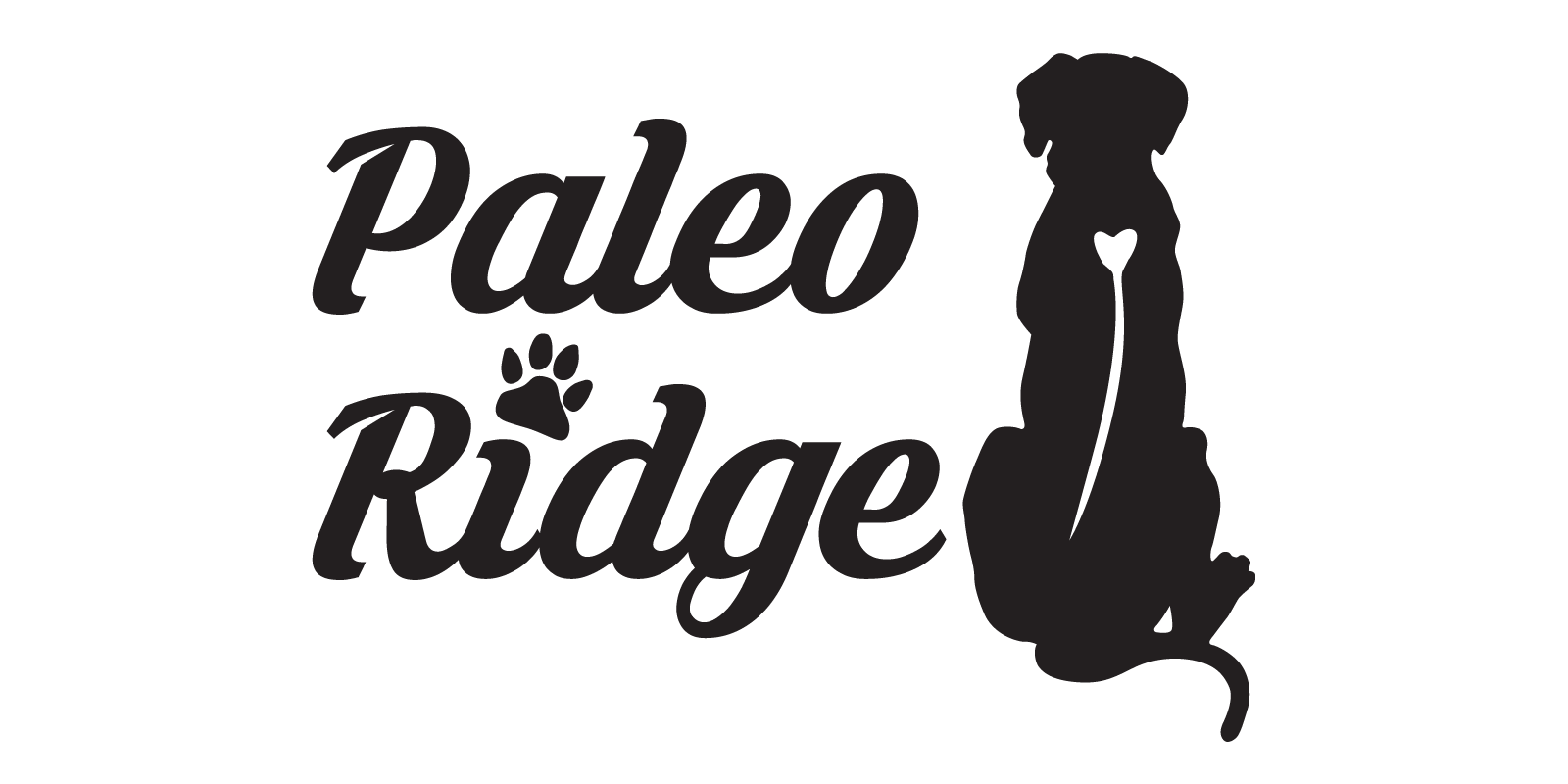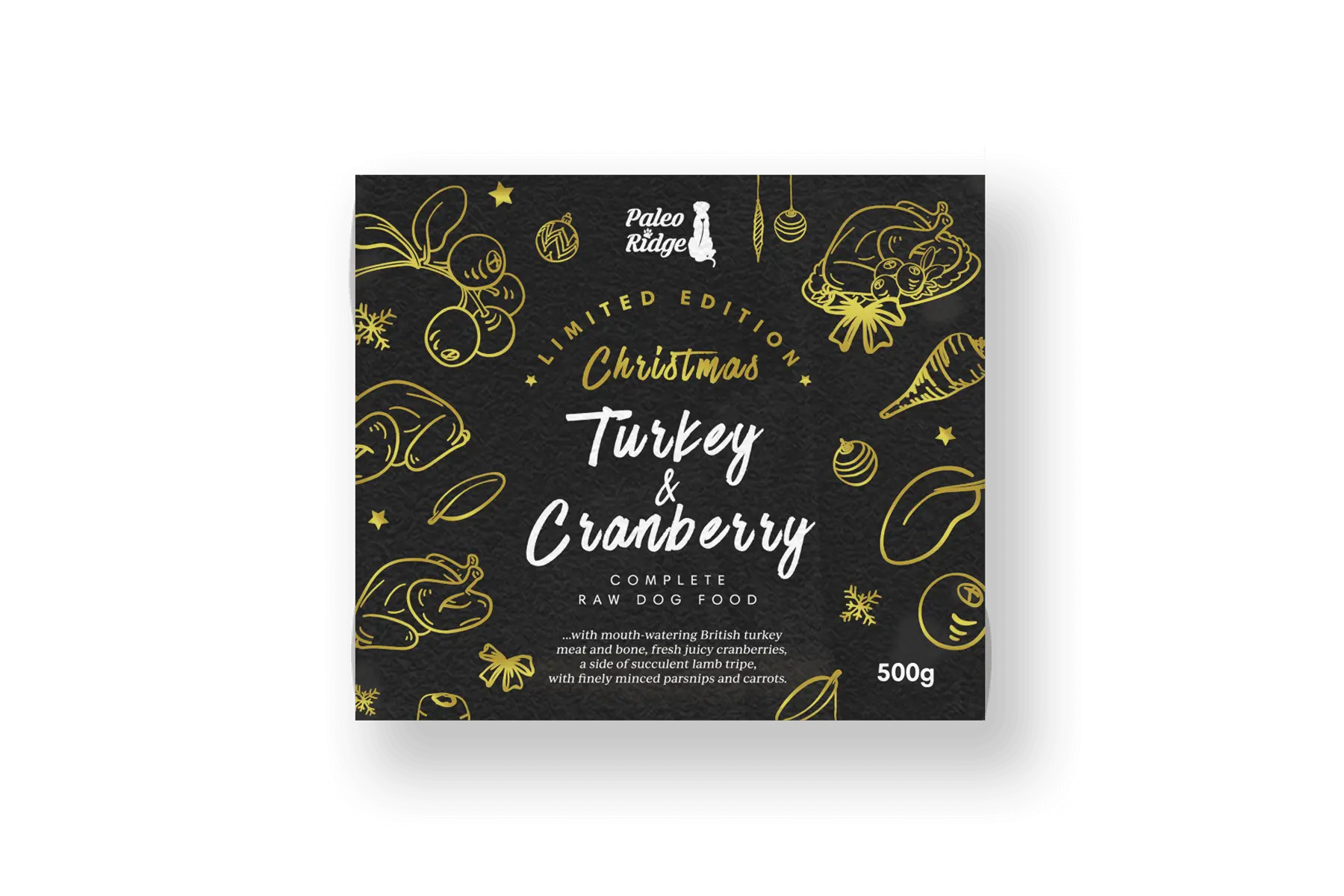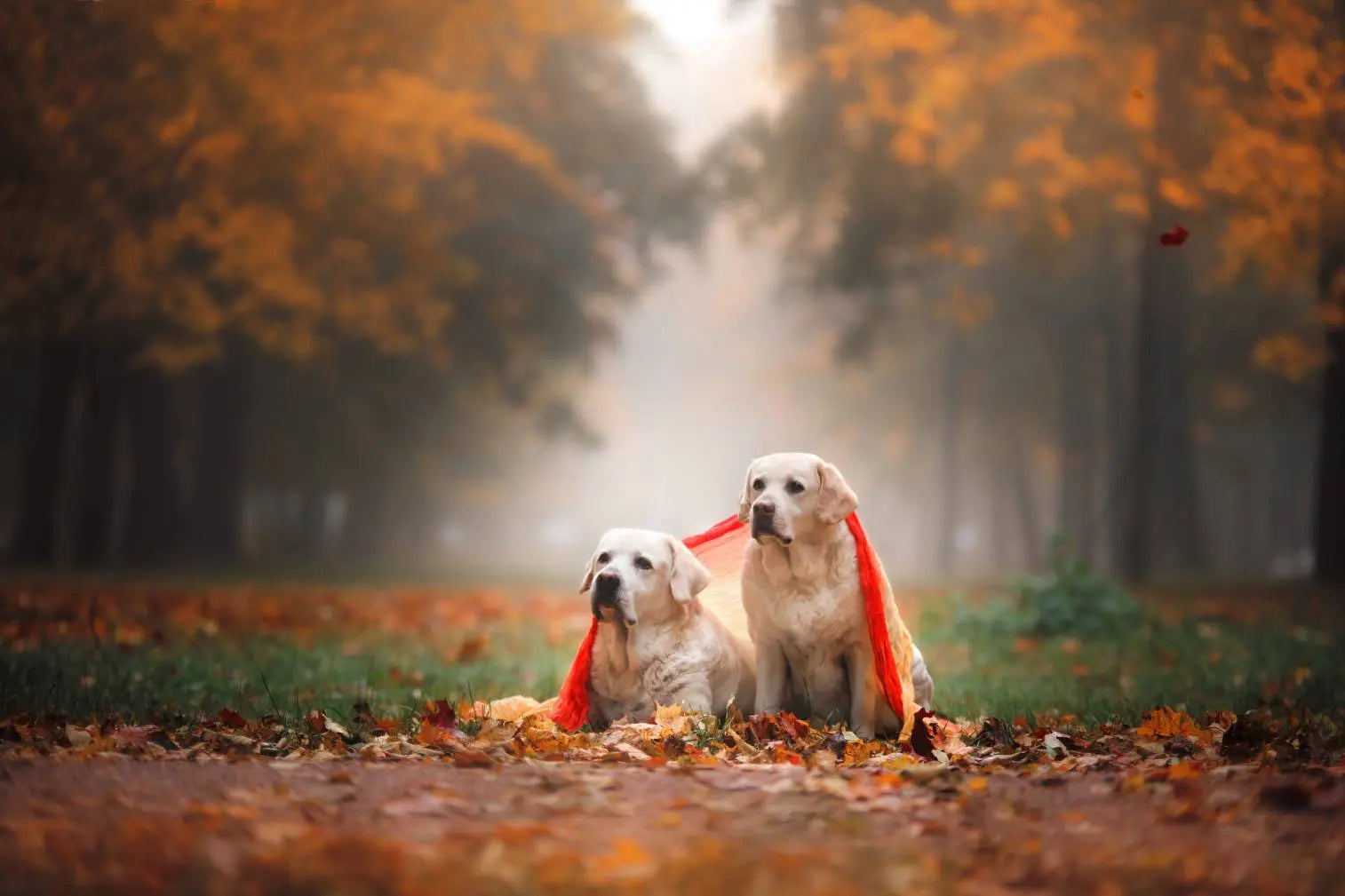Be Aware of Road Grit
Gritting the roads to prevent ice formation is absolutely essential for the safety of our drivers and pedestrians too. However, road grit is made up of salt (sodium chloride) and other additives such as calcium chloride.
As you are well aware, our furry best friends walk with their paws firmly on the ground and during gritting season, they will most likely have some salt residue on their paws and in their fur.
Dogs tend to have a grooming session after they get home from a walk, if they lick their paws and fur which contains road grit, ingestion of this can cause some serious issues. Not only this but the grit can cause skin to become dry and cracked causing it to become sore and potentially infected.

Signs of Ingestion of Road Grit
- Increased thirst caused by gastro irritation
- Vomiting
- Diarrhoea
- Lethargy
- Loss of appetite
- Sore Paws and Skin
- Kidney Damage
- Liver Damage
- Pancreatitis
If your dog is showing any of the above signs and you have recently walked on gritted roads or paths, please do contact your vet for advice and peace of mind.
How to Avoid Road Grit
- During the colder months, it's important to keep the fur between your dogs' toes trimmed, this will prevent excess grit from getting caught up in their fur.
- Wash your dog's paws after each walk with warm soapy water, this is great for removing any grit build-up.
- Use a protective paw balm before and after walks. A lot of these balms contain safe, natural ingredients which will prevent the grit from doing any damage to their pads and skin as well as keeping them moisturised.




